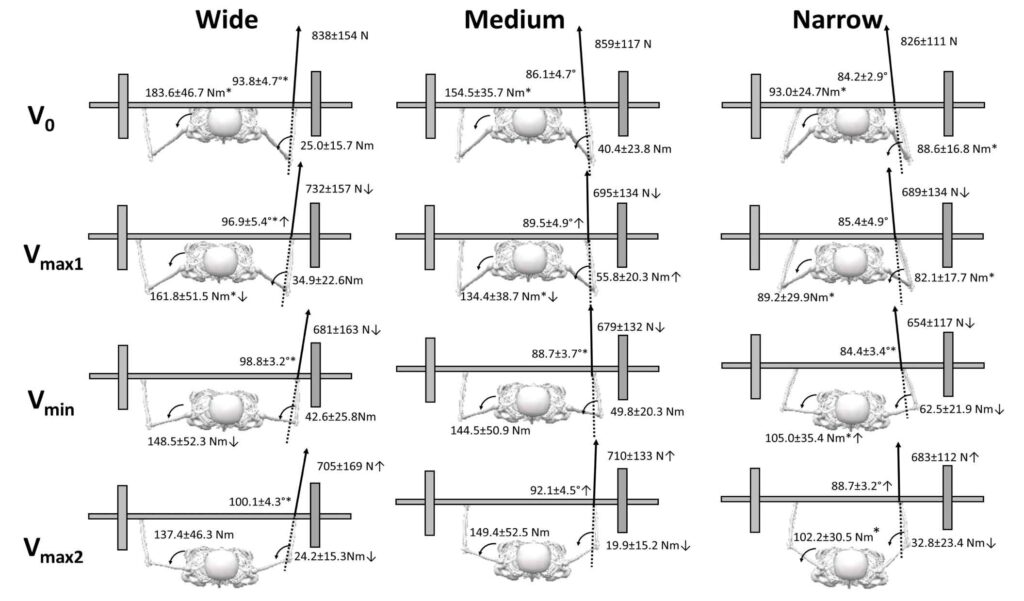
Powerlifting Training: Principles and Key Exercises
So, you're intrigued by powerlifting and ready to start your training journey? Understanding the fundamental principles and key exercises is crucial for building a solid foundation and progressing safely and effectively. Powerlifting training is more than just lifting heavy; it's a strategic approach focused on maximizing strength in the squat, bench press, and deadlift. Let's explore the core principles and essential exercises that form the backbone of powerlifting training.
Core Principles of Powerlifting Training
- Specificity: Train the way you compete. The majority of your training should revolve around the squat, bench press, and deadlift, and their variations.
- Progressive Overload: To continuously get stronger, you need to gradually increase the demands on your body over time. This can be done by increasing weight, volume (sets x reps), or intensity.
- Individualization: Training programs should be tailored to the individual's strengths, weaknesses, recovery capabilities, and goals. What works for one person might not work for another.
- Variation: While the core lifts remain constant, incorporating variations and accessory exercises can help address weaknesses, prevent plateaus, and reduce the risk of overuse injuries.
- Recovery: Adequate rest, nutrition, and sleep are essential for muscle repair and growth. Overtraining can hinder progress and increase the risk of injury.
The Big Three: Squat, Bench Press, Deadlift
These are the competition lifts and should be the primary focus of your training:
-
The Squat: As discussed earlier, the squat involves lowering a barbell held across your upper back and standing back up. Variations include high-bar squats, low-bar squats, and front squats, each emphasizing different muscle groups.
-
The Bench Press: Lying on a bench and pressing a barbell from your chest to arm's length. Variations include close-grip bench press (targets triceps more) and wide-grip bench press (targets chest more). Learn more about bench press

-
The Deadlift: Lifting a barbell from the floor to a standing position. Variations include conventional deadlifts, sumo deadlifts, and Romanian deadlifts (RDLs) which focus more on the hamstrings and glutes.

Accessory Exercises
These exercises support the main lifts by strengthening secondary muscle groups, improving stability, and preventing injuries. Examples include:
-
For Squat: Front squats, lunges, step-ups, good mornings, glute bridges.
-
For Bench Press: Overhead press, dumbbell presses, triceps extensions, rows.
-
For Deadlift: Pull-ups, rows, hamstring curls, back extensions.
Structuring Your Training
A typical powerlifting program involves a structured approach that cycles through different phases, such as:
- Base Building/Hypertrophy: Focuses on building muscle mass and work capacity with higher volume and moderate intensity.
- Strength/Peaking: Gradually increases intensity and decreases volume to peak strength for competition.
- Deload: A period of reduced volume and intensity to allow the body to recover.
Powerlifting training is a journey that requires dedication, consistency, and a solid understanding of fundamental principles and key exercises. By focusing on the squat, bench press, and deadlift, incorporating appropriate accessory work, and adhering to principles like progressive overload and proper recovery, you can build incredible strength and achieve your powerlifting goals. Remember to prioritize proper form and listen to your body as you embark on this rewarding path.








